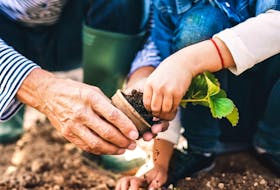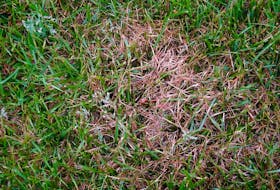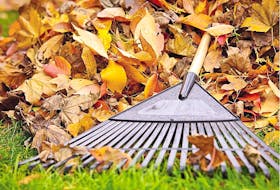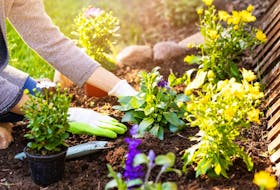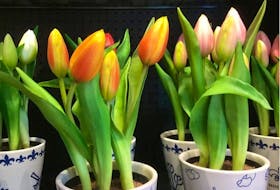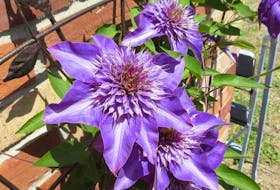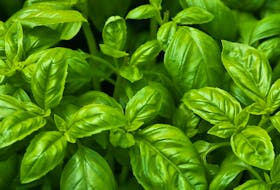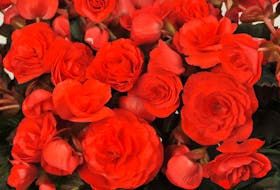I was working on a few handmade gifts leading up to Christmas when I realized the hardest part of oil painting isn’t the painting itself — it’s getting the scale right.
I was painting a portrait of my mom’s cat and struggled mightily to get the position of the eyes just right. No matter how carefully I thought I’d transferred the details from the photograph to the canvas, using a pencil, the cat’s face just felt ... wrong.
I grudgingly finished the painting and decided it was OK, but I kept thinking there had to be a better way. Some kind of method for getting the basic shapes from a photograph perfectly transferred to a canvas so I could get the scale right.
Well ... what if I painted directly over a photograph? I decided to give it a try.
I wasn’t sure if oil paint would adhere to glossy photo paper, so I went online and ordered a few photos to be printed on white 100 pound cardstock. I decided to start with one of my sister’s wedding photos, since she’d just gotten married over Labour Day weekend.
I tacked the photo to a piece of cardboard on my easel and nervously decided to start with the background. I mixed blue, green, yellow and white to make the different shades of the trees of the Public Gardens. I just moved around the picture filling in areas that matched up with the colour on my brush.
‘Hey! It’s like paint-by-number,’ I realized. Instead of looking around a canvas for tiny number fours or eights, I was scanning for a particular shade of green that needed to be filled in.
I moved from greens to browns, and then used a clean brush to do the touches of yellow in the trees and the brown leaves on the sides of the path. I saved the people for last because I knew they’d be the hardest.
The clothes were tricky, especially the intricate pattern on my brother-in-law’s shirt and the beaded bodice of my sister’s top. But I actually had fun painting over his trousers — just a few shades of grey, darkened and lightened.
My sister’s tulle skirt was an interesting challenge because the sun was shining through certain layers, and I really needed to layer on murky greys to show the parts in shadow. You don’t realize that white isn’t really white until you try oil painting.
I spent the most time on the skin. For months I’d been meaning to buy a tube of ready-made flesh paint — which is a good starter that you can lighten and darken — but I refused to stop working to run to the store. So I played around with mixtures of yellow, red, brown, white and blue (yup, blue) until I was satisfied.
I let the painting dry for a full month just to be on the safe side, and then framed it (without glass) and wrapped it up for Christmas. My sister and brother-in-law now have it hung in their bedroom, and I hope it holds up over time.
I’ve painted over a few more photographs since then and it’s a technique I really enjoy. Yes, it does feel a little like cheating, but I’ve decided I’m OK with cheating if it means I’m spending a few hours feeling happy and relaxed when I work on a painting. It’s quite refreshing to not have to agonize over the placement of someone’s eyes.
- COST: $15-$50 depending on supplies
- EFFORT: 4 out of 5
- RESULTS: 5 out of 5
Heather Laura Clarke is a crafty maker who perpetually has paint smears on her hands, sawdust in her shoes and bits of thread stuck to her leggings. She lives in Truro with her husband, son, and daughter. Follow her adventures at HeathersHandmadeLife.com.

